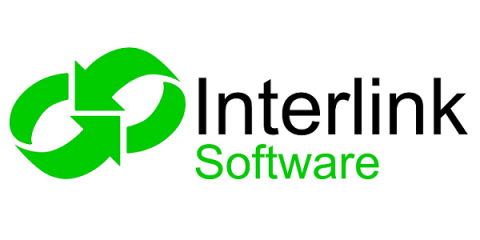OpsRamp Winter 2020 Release: Heralding a New Era for Machine-Learning Powered Hybrid Infrastructure Monitoring and Management
As artificial intelligence for IT operations (AIOps) starts to take hold in the modern enterprise, more IT operators want to make use of its capabilities to streamline routine work. The OpsRamp platform, and its intelligent event management engine, OpsQ, are built to respond to this need with transparency and insight. The OpsRamp Winter 2020 Release helps make AIOps more simple and usable for the everyday operator.











